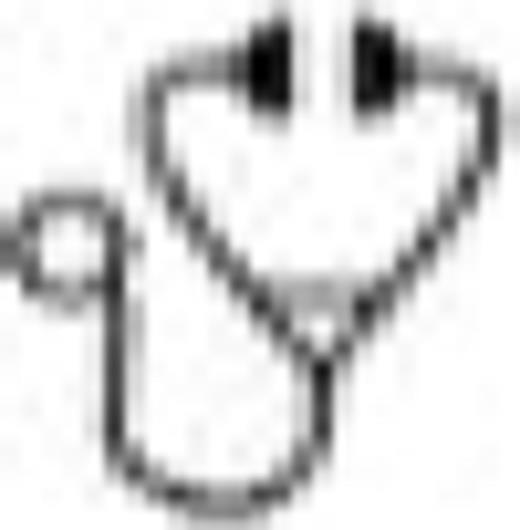Abstract

Pharmacokinetic (PK)-targeted dose adjustment of oral Bu has been shown to minimize the toxicity and treatment related mortality following hematopoietic stem cell transplantation (HSCT). Intravenous busulfan (IV Bu) based myeloablative conditioning regimen has significantly reduced the inter-patient variability, ease of administration and reduced toxicities compared to oral Bu. However due to challenges in availability and cost of original formulation (Busulfex, Otsuka Pharmaceuticals) has resulted in the increased use of generic versions of the drug worldwide. Also, in many parts of the world, regulatory approval for generic drugs is obtained only with bioequivalence studies without a clinical trial or PK data.
From June 2010 to December 2014, our center has used generic IV busulfan Bucelon™ (Celon Labs, Hyderabad, India) with routine therapeutic drug monitoring and dose adjustment. Since January 2015, Buslera™ (Biem Pharmaceuticals, Ankara, Turkey), a newer generic IV busulfan formulation, is being used in patients undergoing HSCT in our centre due to non-availability of Bucelon™. We prospectively analyzed the PK of IV Buslera™ and compared the systemic exposure and targeted dose adjustment pattern with our experience with Bucelon™.
Eighteen patients underwent HSCT with IV Buslera™ based conditioning regimen between January and July 2015. Twelve patients received once daily Bu dose (Q24H; 40mg/m2/day x 4 days) and 6 received every 6 hour dosing (Q6H; 0.8mg/kg/dose x 4 days). In the historical cohort, 135 patients (30 Q6H and 105 Q24H) received Bucelon™ (Mohanan et al, Blood 2013; 122:3280). Demographics of the patients in both groups are depicted in the Table. Blood samples were collected at predetermined time points on day 1 and 3 & busulfan plasma concentrations analyzed using previously published method (Desire et al, 2013). Further doses of busulfan were adjusted to achieve target busulfan AUC (4500-5500 mmoles*min for Q24H and 900-1350 mmoles*min for Q6H).
In patients receiving Q24H IV Buslera, the median busulfan AUC on day 1 was 6516 mMoles*min (3908-14064 mMoles*min). The Buslera dose was reduced in 8 patients (median dose reduction 13%; range: 7-18%), increased in one (9%) and 3 patients did not require any dose adjustment. In patients receiving Q6H IV Bu, the AUC on day 1 was 784 mMoles*min (446-960 mMoles*min). Five out of 6 patients required a moderate increase in dose (median dose increase 5%; range: 5-8%) and one did not require any dose adjustment. This data is strikingly different when compared to the historical cohort of patients receiving IV Bucelon™ where 60% patients receiving Q24h dose required dose increase, while with Buslera™ only 9% of patients needed dose increase (p<0.001) to achieve target AUC of busulfan. In general, we noticed that the median clearance of Buslera™ was significantly lower compared to Bucelon™ (Figure)
Our study strongly suggests the need for routine therapeutic drug monitoring and targeted dose adjustment of busulfan, especially when different generic busulfan formulations are used. TDM with generic busulfan is even more relevant in markets where approval of generics is done only based on bioequivalence studies with PK data in an appropriate clinical setting and without a clinical trial.
No relevant conflicts of interest to declare.
Author notes
Asterisk with author names denotes non-ASH members.

This icon denotes a clinically relevant abstract


